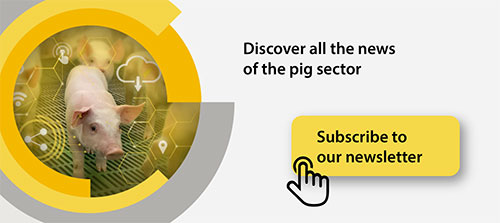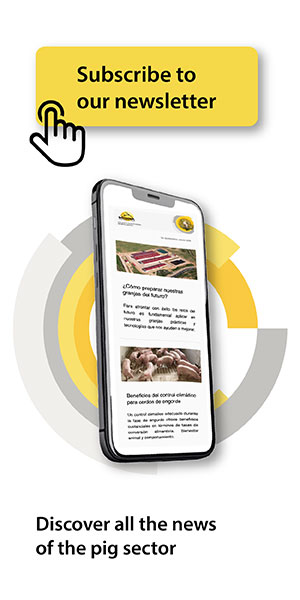Blog
Blog
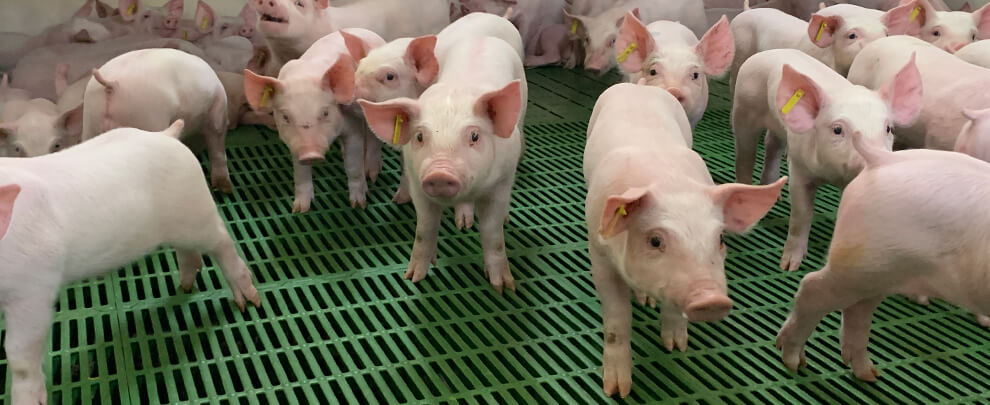
The WelFarmers project promotes welfare on pig farms
25th June 2025 - News
The European WelFarmers project, in which eight countries participate, aims to identify, evaluate and disseminate good practices that improve animal welfare in pig farms. Funded by the European Union, the project focuses on four key themes: cage removal, prevention of tail docking, painless castration and improvement of space per animal. Javier Lorente, technical director of 333 Academy and one of the people responsible for the project in Spain, together with ANPROGAPOR and the University of Murcia, explains how the initiative is being developed, who is participating and what impact is expected to be achieved, both on animal welfare and on the economic viability and social perception of the pork industry.
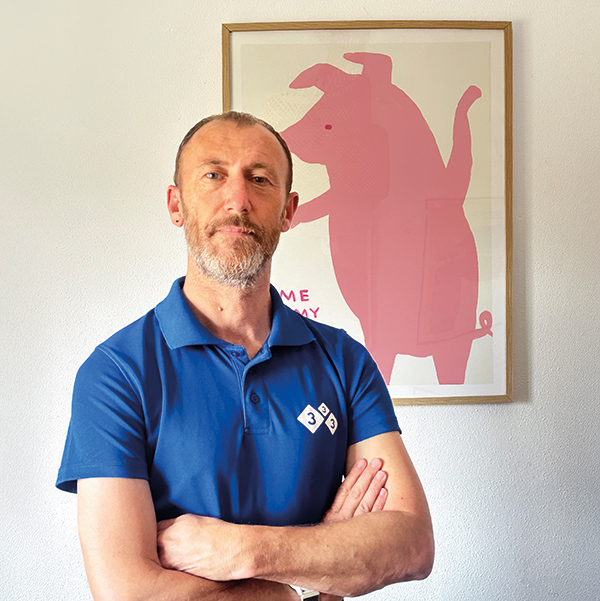
Javier Lorente, technical director of 333 Academy. Photo: Javier Lorente.
What impact is expected to be achieved on animal welfare in the European pork industry with the four key themes of the project?
We want to collect, systematise and share strategies and tools already successfully implemented in some farms and regions of Europe so that producers in all the countries participating in the project can adopt them more widely whenever their application is feasible. These strategies cover multiple areas, from facility design to management, genetics and nutrition, and aim to improve animals' living conditions. We want to offer practical and adaptable solutions that allow farmers to improve animal welfare without compromising production efficiency.
Regional networks are key players in this project. How are they structured, and how do they work?
Eight European countries (Denmark, Finland, France, Ireland, Italy, Portugal, Romania and Spain) are participating in the project, each forming a regional network. This allows us to consider regions' productive, climatic and structural differences. Each network includes large-scale and small farms to assess varied and adaptable approaches according to the context. These networks comprise two types of actors: a university or research centre and, conversely, the pig producers' association of the country concerned. Farmers, in particular, play a central role. In the first phase of the project, they helped identify the main challenges around the four key themes of the project, contributing their direct experience from the field. In addition, producers actively collaborate by sharing the practices they are already implementing on their farms related to one or more of these topics. It is a very participatory project built from the pork industry, with the active commitment of the producer associations of all the countries involved.
How do the thematic groups work, and what kind of actors participate?
For each of the four themes of the project, a specific group has been constituted, made up of a set of players in the industry: farmers, advisors, veterinarians and researchers, all of them selected for their experience and knowledge in each thematic area. Its primary function is to assess good practices collected by regional networks in different countries. In the first phase, these networks identify and select outstanding practices in their respective national contexts and transfer them to the thematic groups for analysis. Ninety-six good practices from the eight participating countries have been put on the table. The thematic groups are tasked with reviewing, evaluating and prioritising them to identify those with the most significant potential for impact, replicability and feasibility. Ultimately, they will select the most relevant practices to be promoted at the European level.
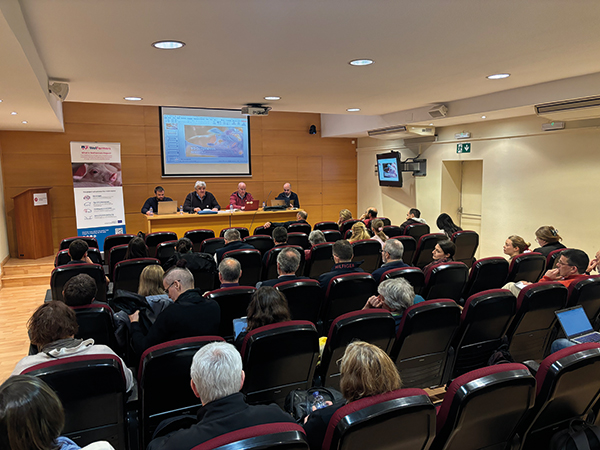
Photo from the Welfarmers project's annual meeting. Photo: Javier Lorente.
What criteria are used to select the most innovative good practices in pig farms?
We have defined three key criteria to evaluate and select the good practices that are being implemented on farms. The first is animal welfare. We want to ensure these practices improve the animals' living conditions. To do this, we have the support of research groups, which use scientific indicators and markers to measure this impact objectively. The second criterion is economic viability. We are interested in a practice that works and can be implemented in the day-to-day life of a real farm. We analyse the cost of carrying it out and whether it is sustainable from an economic point of view for the producer. And finally, we also value the environmental impact. Here, we study how each practice affects the environment. To apply these three criteria consistently and comparably, we have developed a standardised evaluation sheet, which allows us to evaluate each practice systematically and make evidence-based decisions.
How has the project developed so far?
The project was launched in early 2024. In September of the same year, we started collecting good practices on European pig farms. This process has actively involved the regional networks in each participating country. We are currently engaged in the first of the two major selection rounds that the project contemplates. As I mentioned, 96 good practices have been collected in this initial phase, which the thematic groups are evaluating. From this first selection, 20 finalists will be chosen, and then an additional choice will be made to select the 12 best practices, three for each of the four themes of the project. A second round is planned later, which will follow the same procedure. This second phase will identify new good practices not detected in the first, thus expanding the project's scope. A further 96 practices will be re-evaluated, from which a final selection of 12 will also be made. By the end of the project, scheduled for the end of 2026, we will have identified and awarded 24 good exemplary practices, which will serve as benchmarks for the European pork industry regarding animal welfare, economic viability and environmental sustainability.
What social and economic impact do you foresee these practices having on pig farms and the European market in general?
The most immediate and noticeable impact is the improvement of animal welfare, which is one of the fundamental pillars of the project. We are talking about practices such as reducing pain in procedures such as castration or increasing the space available for animals, which directly affect their quality of life. In addition, consumer perception and acceptance have a broader social impact, and there is an increasing social awareness of the importance of animal welfare, so we are also looking to make all the work already being done on European farms visible. From an economic point of view, the goal is to improve farm efficiency and productivity since these good practices not only benefit the animal but often also allow processes to be optimised, losses to be reduced and a more efficient use of resources to be made. Although the project does not pursue the creation of a specific seal or label, there can be a positive effect on the differentiation of the product. Farms that adopt these practices could better place themselves in particular markets, especially where consumers value animal welfare more. This can open doors to new market niches and improve the competitiveness of the European pork industry.







